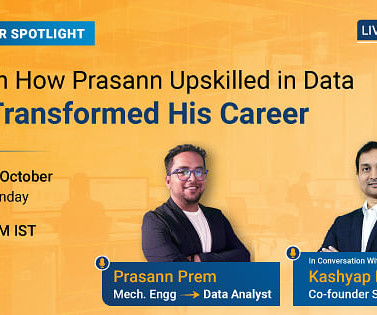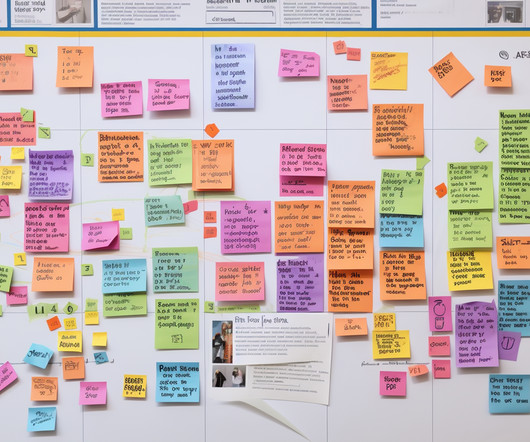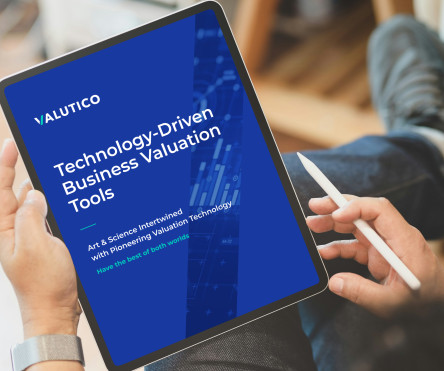Learner's Spotlight: Watch How Prasann Upskilled in Data and Transformed His Career | Simplilearn webinar starts 30-10-2023 15:30
Simplilearn
OCTOBER 13, 2023
Switching to a new field is challenging. According to a survey conducted by PwC, 30% of employees are dissatisfied with their current job, 7% lower than in 2022! Making a career transition can be demanding for employees at any stage of their professional careers, with the most common roadblocks being: Lack of the appropriate skills: A lack of. Read More.





















Let's personalize your content